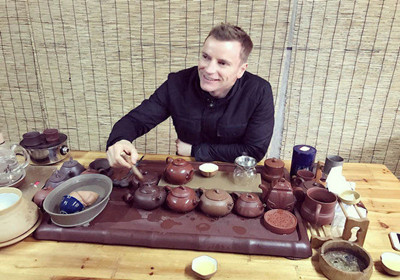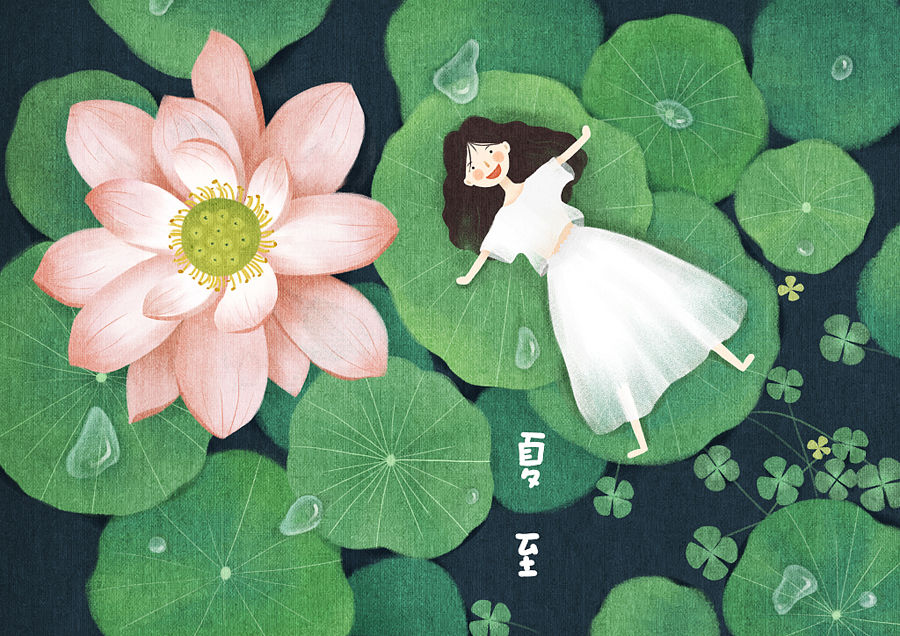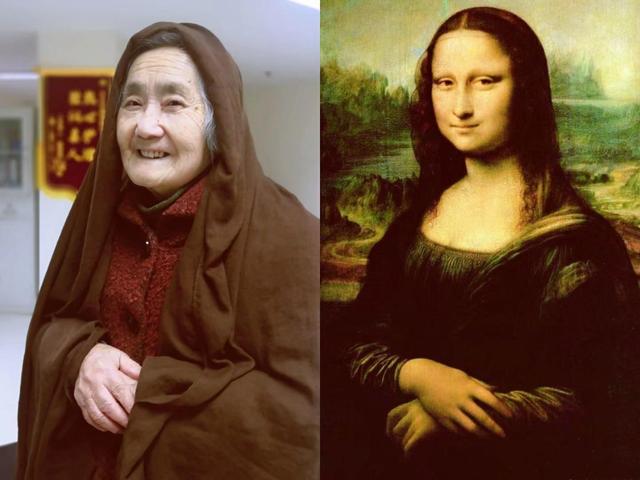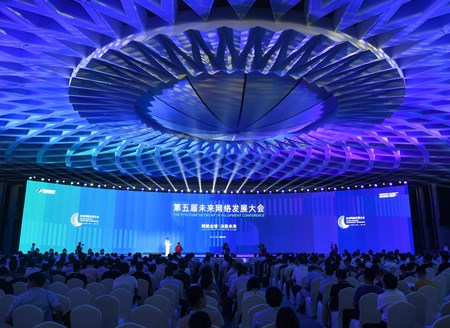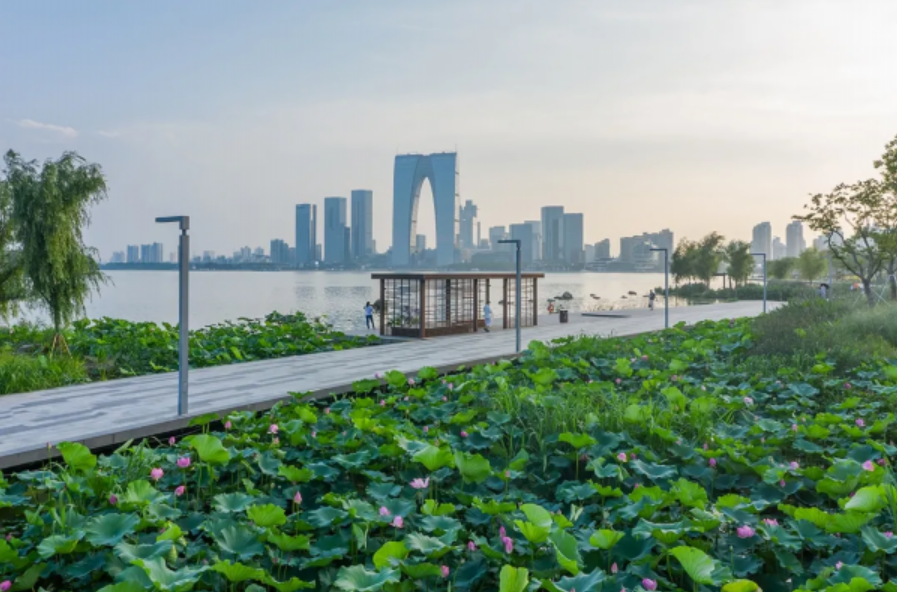Purple sand, or purple clay, is an important material with a long history in China and has been widely used in making teapots since ancient times. Today, there are even purple clay rice cookers.
Most people have gotten used to the traditional Chinese style of Purple clay porcelain. However, Christopher Jenner, a British designer, has given the material a new look.
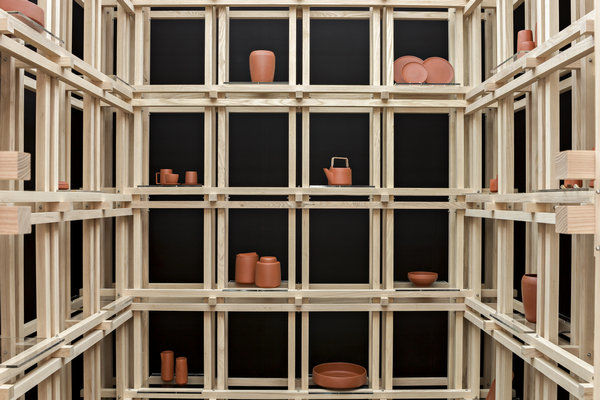
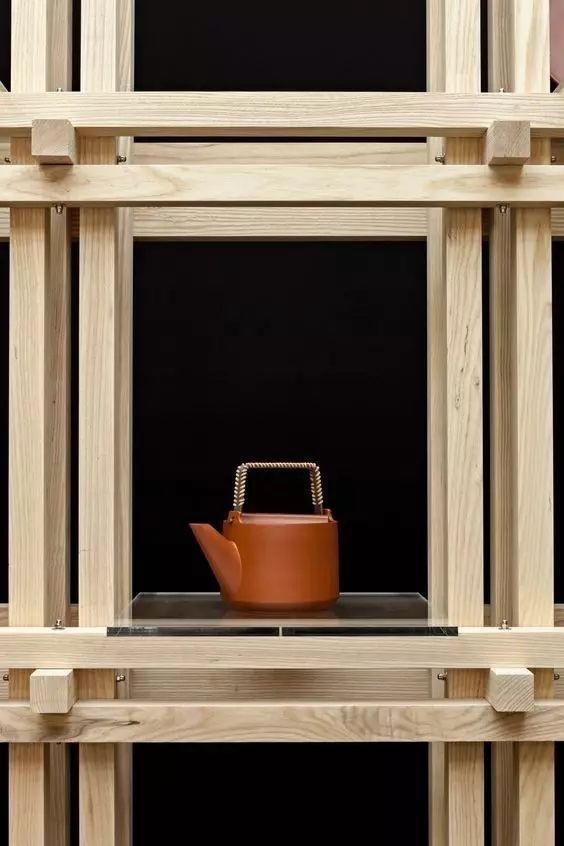
Yixing Series of Tea Set by Christopher Jenner
Jenner opened his own workshop in London in 2010. Born in South Africa while spending most time in London, Jenner is very good at drawing inspirations from different places and cultures, and putting new life into ancient objects. Deeply marked by the integration of retro, tradition and modernism, his design caters to luxury brands and furniture. Offering design services, Jenner also has some product projects of his own which speak loudly of Jenner’s exploration, ideas and perspectives on traditional handcraft.
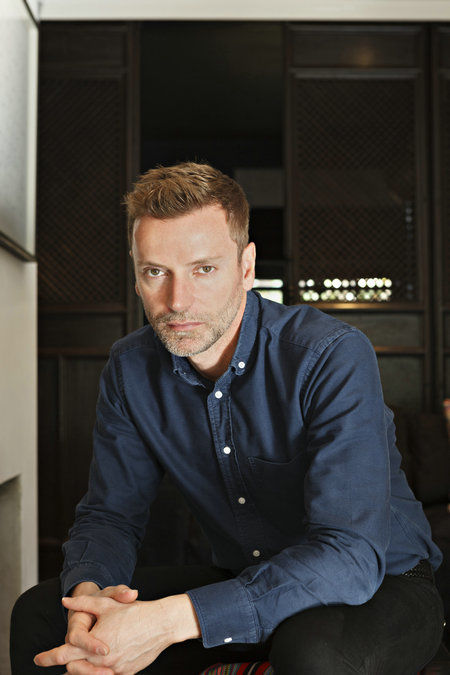
Christopher Jenner
On one trip to Shanghai, Jenner came across Yixing purple clay and was immediately attracted by its unique quality and rich colors. Having the idea to design a set of tea ware with purple clay, Jenner has been to Yixing located in Jiangsu province six times to work on his design.
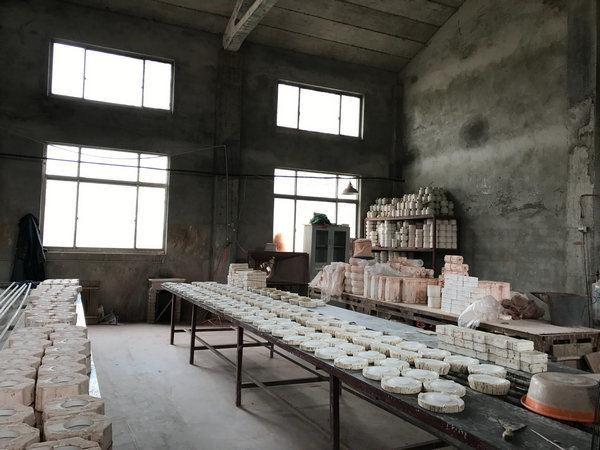
A ceramic workshop in Yixing
To satisfy the special demands and requirement on the vintage-and-retro looking material, Yixing Series is marked by elegancy and simplicity. Sharing the color of red which is the signature color of purple clay, this series includes tea set, plates, bowls, piggy banks, pots and vases. Completed in the workshop of Yixing and designed by Christopher Jenner, this project is an exploration and pilot. With the collapse from modern and tradition, this project attracted a lot of attention on 2017 Milan Furniture Fair.
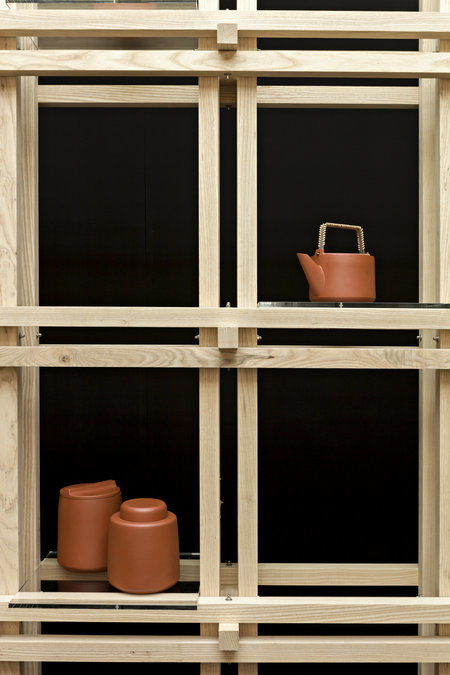
Yixing Tea Set designed by Christopher Jenner
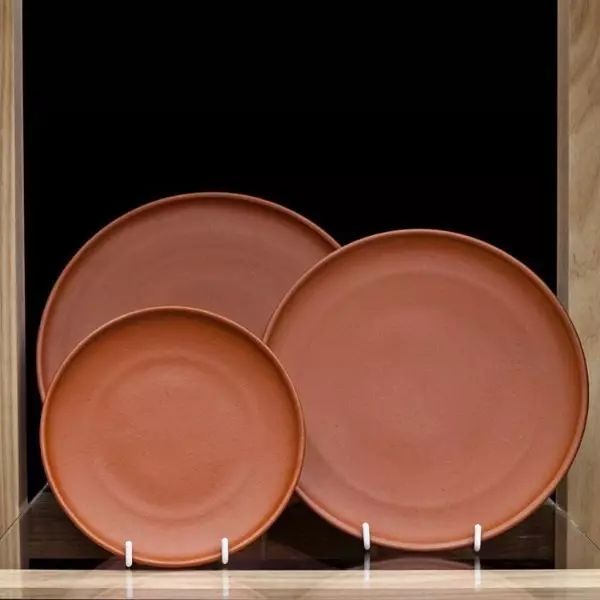
Yixing Tea Set designed by Christopher Jenner
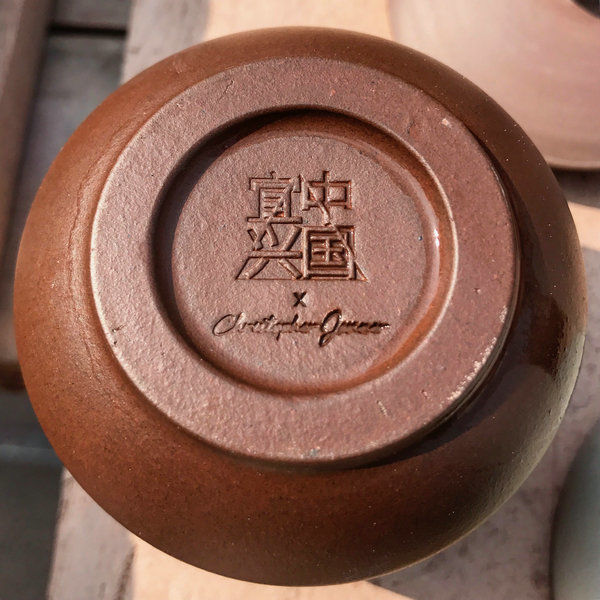
Logo of Yixing Series designed by Jenner
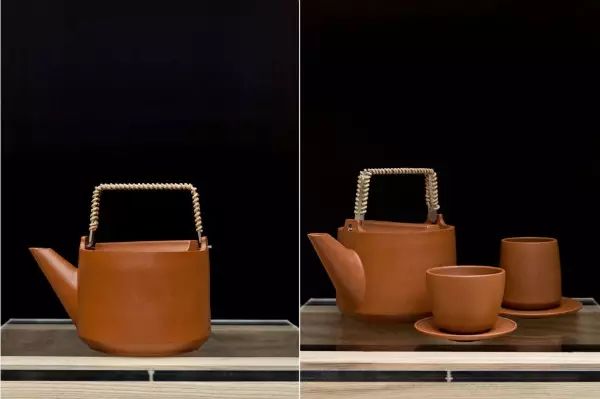
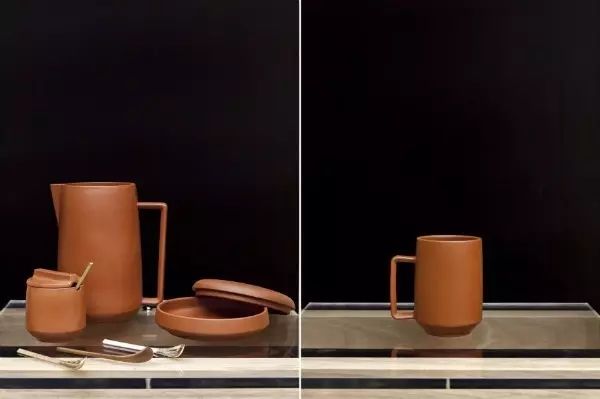
Would like to know more about Jenner? Would like to know how he got inspired by Chinese culture? Find your answers in the following Q & A.
Q: What made you want to be a designer? Or why did you choose to be a designer? Who influenced you most?
A: I was always very interested in making things and from an early age I had free reign of my dad's workshop and the amazing tools my grandfather collected. The reason I chose design was that it allowed me to play within a broader spectrum of disciplines; I never wanted to be placed in a box under a certain discipline. It is important for me to be able to express my creative personality in as many varied ways as possible.
From an influence perspective I would say I'm mostly influenced by cultures around the world and the manner in which they themselves express creativity through craft, design and art.
Q: How did you get to know Chinese ceramics and how did they inspire you to design new products?
A: I first discovered Yixing ceramics on a trip to Shanghai, where I was captivated by their simple material beauty. Yixing ceramics are very much part of the Chinese love affair with tea; they play a superbly functional part in this ritual. I wanted to capture this functional aspect and broaden its appeal to a larger global audience through the design of this home ware collection.
Yixing ceramics were first used in the Song Dynasty (960-1127). The minimal shapes of this dynasty were the starting point for the design of this collection.
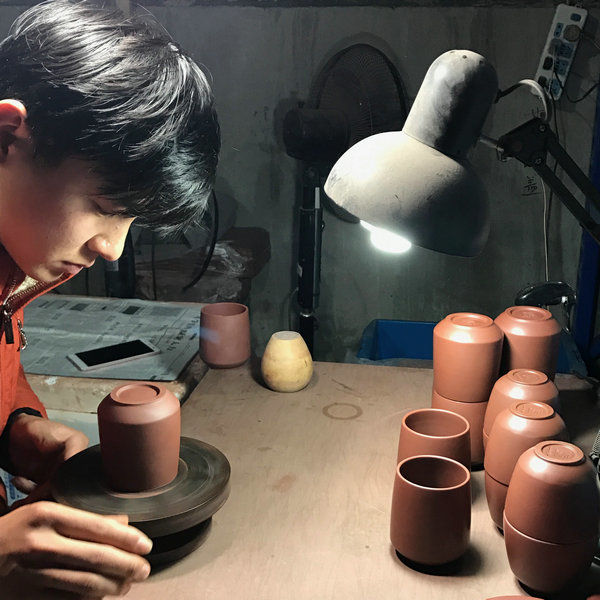
Q: How did you find the Chinese craftsmen to make ceramics for you?
A: I went straight to the internet and contacted a handful of suppliers who seemed best positioned to help me. Based on their response we sent the brief and design information to a couple of suppliers.
It was then necessary to travel to China to meet with them and decide who would be the best partner in this venture.
Q: Did you encounter any problems while finding those craftsmen, say, language problems? Could you tell us more about the whole story?
A: When you approach a project like this you know you are going to face an endless stream of issues. The challenge is to face them in a manner you think would be best for all the parties. You need to remain sensitive to the needs of all those involved in the process, yet aim to achieve your vision. Language is always an issue but with the help of modern technology the gap is closing. We used WeChat thought the project, the instant translate on this app is amazing.
Of course there are also cultural issues, and the issues of tradition. The way I think of the craft is less traditional and more globally orientated, and the way we have applied the traditional techniques is completely new to our partners, so there is an element of risk involved throughout the process.
Q: How many times did you go to Yixing? How did you find the city?
A: I traveled to Yixing six times through the project. This is a big commitment for a small studio like ours but we realize the importance of showing our face and engaging directly with our partners.
Yixing is considered a "town" in China and even with a population of 1.3 million people, everything is in a state of flux, change is everywhere and the development is impressive. Nothing could have prepared me for the sheer scale of the ceramics industry in Yixing - there are literally thousands of people involved in the manufacture of these beautiful pieces.
Q: In an interview with Interior Design in September 2017, you mentioned that products need more human perspective. How did you apply this idea in your Yixing ceramic designs?
A: By this I mean consumers need to make a bigger investment into products that are handmade, products that have an element of craft and culture. This was the point of our project with Yixing - how could we take what is essentially a traditional craft and position it for the global consumer, creating and producing products that carry a deeper meaning and are a reflection of culture?
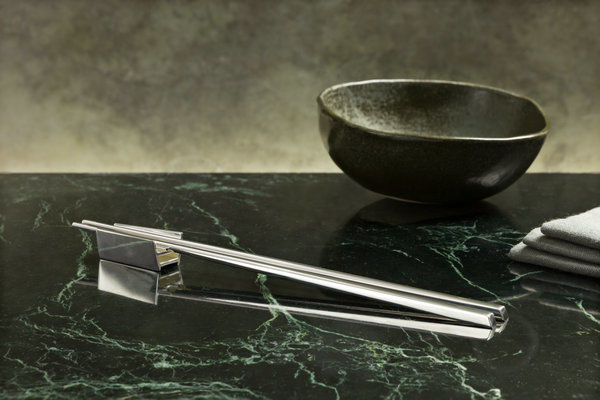
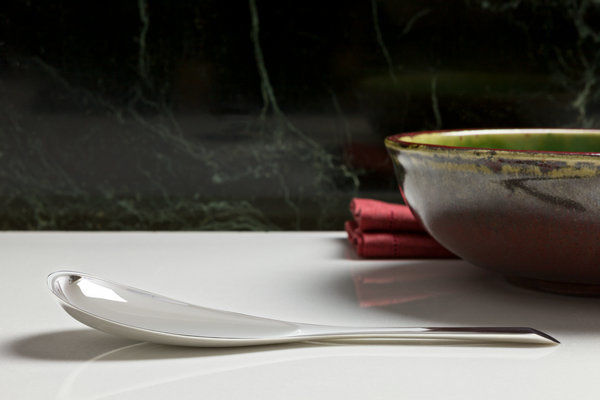
Q: It is said that you are "an expert at using technology and branding to make what's old feel new again". How did you make the old Chinese ceramic wares look new? What technologies did you use in the design?
A: Yes this is true, the idea behind this statement is that to ensure the continued existence of many traditional crafts it’s essential the techniques behind them also change … this can be achieved through the use of computer software, where a new dynamic illustration of a design is possible, or the use of 3D printing, where one can create a physical representation of a concept well ahead of physically making something. New techniques like laser cutting, etching and computer numerical control (CNC) also allow us to re-imagine the potential of these crafts.
From a branding perspective it's important to understand that consumers are less interested in products than in brands - 'people buy brands not products'- so from this perspective it's essential that you approach a project like this as though you're developing a brand. Therefore storytelling, positioning and propositions become very important in the delivery of a project of this nature.
Q: Apart from ceramics, are you interested in other things in Chinese culture?
A: The reason for my continued involvement in design is a commitment to exploring different cultures, and their expression through crafts and art. From this perspective it is easy to see how China is an enigmatic part of this journey. Five thousand years of continued cultural development and progress provides me, as a designer, with an endless array of creative potential. Add to this the changes in China and a renewed interest in the country and its heritage and you have a perfect marriage of creativity and culture.
Crafts I'm particularly interested in are Beijing cloisonné, red lacquer ware, bamboo and paper craft, but I know this is only the tip of the iceberg. There is a universe of potential traditional crafts in China, which will allow us to tell the world about your culture.
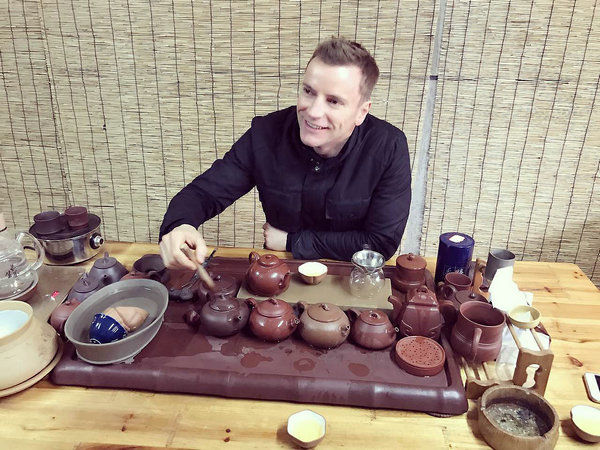
Q: Is there a possibility that you will go on using Chinese elements in your future designs?
A: Absolutely. I see our Yixing project as the start of a relationship with China; we hope and trust our commitment to Chinese culture will be rewarded with more projects of the same nature, allowing us to add our creative potential to the development of this initiative.
Q: What’s your favorite thing about China or Chinese culture?
A: I love your can-do attitude, where anything is possible and there is a shared commitment to making things happen. And then, of course, the food is simply fantastic.
